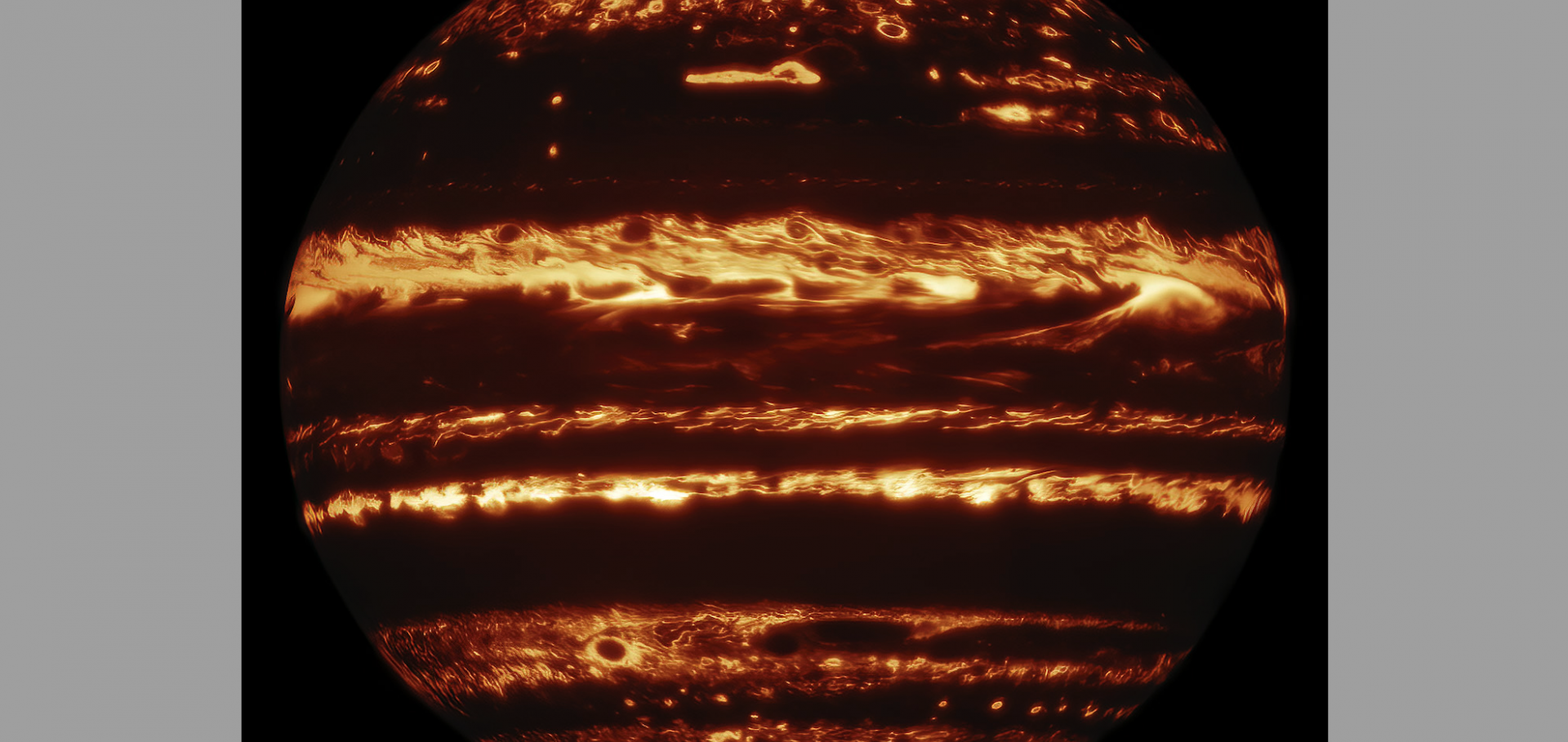Weak seasonality on temperate exoplanets around low-mass stars
Astrophysical Journal American Astronomical Society 926:2 (2022) 202
Abstract:
Planets with nonzero obliquity and/or orbital eccentricity experience seasonal variations of stellar irradiation at local latitudes. The extent of the atmospheric response can be crudely estimated by the ratio of the orbital timescale to the atmospheric radiative timescale. Given a set of atmospheric parameters, we show that this ratio depends mostly on the stellar properties and is independent of orbital distance and planetary equilibrium temperature. For Jupiter-like atmospheres, this ratio is ≪1 for planets around very low mass M dwarfs and ≳1 when the stellar mass is greater than about 0.6 solar mass. Complications can arise from various factors, including varying atmospheric metallicity, clouds, and atmospheric dynamics. Given the eccentricity and obliquity, the seasonal response is expected to be systematically weaker for gaseous exoplanets around low-mass stars and stronger for those around more massive stars. The amplitude and phase lag of atmospheric seasonal variations as a function of host stellar mass are quantified by idealized analytic models. At the infrared emission level in the photosphere, the relative amplitudes of thermal flux and temperature perturbations are negligible, and their phase lags are closed to −90° for Jupiter-like planets around very low mass stars. The relative amplitudes and phase lags increase gradually with increasing stellar mass. With a particular stellar mass, the relative amplitude and phase lag decrease from low- to high-infrared optical depth. We also present numerical calculations for a better illustration of the seasonal behaviors. Last, we discuss implications for the atmospheric circulation and future atmospheric characterization of exoplanets in systems with different stellar masses.Sensitivity to Sub-Io-sized Exosatellite Transits in the MIRI LRS Light Curve of the Nearest Substellar Worlds
Astrophysical Journal Letters 992:1 (2025)
Abstract:
JWST’s unprecedented sensitivity enables precise spectrophotometric monitoring of substellar worlds, revealing atmospheric variability driven by mechanisms operating across different pressure levels. This same precision now permits exceptionally sensitive searches for transiting exosatellites—small terrestrial companions to these worlds. Using a novel simultaneous dual-band search method to address host variability, we present a search for transiting exosatellites in an 8 hr JWST/MIRI LRS light curve of the nearby (2.0 pc) substellar binary WISE J1049–5319 AB, composed of two ∼30 MThe JWST weather report: Retrieving temperature variations, auroral heating, and static cloud coverage on SIMP-0136
Astronomy and Astrophysics 702 (2025)
Abstract:
SIMP-0136 is a T2.5 brown dwarf whose young age (200 ± 50 Myr) and low mass (15 ± 3 MAsymmetry and Dynamical Constraints in Two-limbs Retrieval of WASP-39 b Inferring from JWST Data
Astronomical Journal 169:6 (2025)
Abstract:
Transmission spectroscopy has provided unprecedented insight into the makeup of exoplanet atmospheres. A transmission spectrum contains contributions from a planet’s morning and evening limbs, which can differ in temperature, composition, and aerosol properties due to atmospheric circulation. While high-resolution ground-based observations have identified limb asymmetry in several ultrahot/hot exoplanets, space-based studies of limb asymmetry are still in their early stages. The prevalence of limb asymmetry across a broad range of exoplanets remains largely unexplored. We conduct a comparative analysis of retrievals on transmission spectra, including traditional one-dimensional (1D) approaches and four 2D models that account for limb asymmetry. Two of these 2D models include our newly proposed dynamical constraints derived from shallow-water simulations to provide physically-motivated temperature differences between limbs. Our analysis of WASP-39 b using JWST observations and previous combined data sets (HST, VLT, and Spitzer) strongly favors 2D retrievals over traditional 1D approaches, confirming significant limb asymmetry in this hot Jupiter. Within our 2D framework, unconstrained models recover larger temperature contrasts than dynamically-constrained models, with improved fits to specific spectral features, although Bayesian evidence cannot definitively distinguish between these 2D approaches. Our results support the presence of homogeneous C/O in both the morning and evening atmospheres, but with temperature differences leading to variations in clouds and hazes. Using this treatment, we can study a larger sample of hot Jupiters to gain insights into atmospheric limb asymmetries on these planets.The JWST weather report from the nearest brown dwarfs II: consistent variability mechanisms over 7 months revealed by 1–14 μm NIRSpec + MIRI monitoring of WISE 1049AB
Monthly Notices of the Royal Astronomical Society 539:4 (2025) 3758-3777


